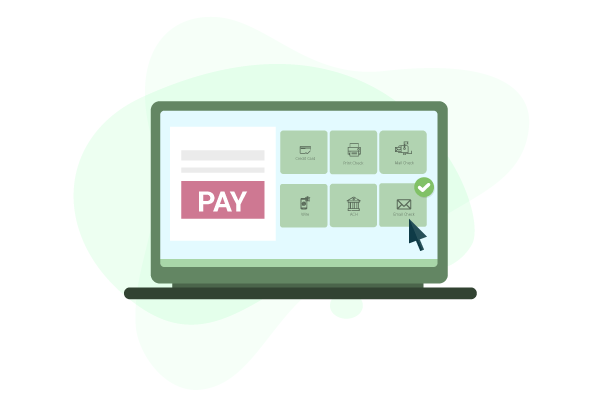Efficiency is essential for success in the quick-paced world of finance. For businesses, mastering the art of seamless transactions is paramount, and a critical component of this process is streamlining Accounts Payable. In this blog, we will learn about “accounts payable define,” uncovering strategies to simplify this crucial aspect of financial management.
Defining Accounts Payable:
In the financial context, accounts payable represent a business’s outstanding bills and obligations to its suppliers and creditors. It is the money a company owes for goods and services received but not yet paid. Understanding this concept is fundamental to establishing a solid foundation for efficient financial operations.
Effortless Transactions: A Comprehensive Approach
1. Automation is the key
Embracing technology is non-negotiable when it comes to streamlining accounts payable. Automation tools reduce manual errors and expedite the entire payment process. Integrate advanced software solutions that can effortlessly manage invoices, track expenses, and ensure timely payments, eliminating the risk of oversights.
2. Centralized Data Management
Consolidating all accounts payable data into a centralized system is a game-changer. This not only enhances accessibility but also facilitates quick decision-making. Whether it’s tracking invoices or managing payment schedules, having all pertinent information in one location streamlines the entire process.
3. Real-time Collaboration
Communication is key in financial transactions. Implement collaborative tools that enable real-time communication between departments, ensuring everyone is on the same page. This proactive approach minimizes delays, enhances accuracy, and contributes to the seamless flow of transactions.
4. Vendor Relationship Management
Cultivating strong relationships with vendors is vital for efficient accounts payable. Clear communication, negotiated payment terms, and transparent processes create a harmonious financial ecosystem. Regularly reviewing and optimizing vendor relationships can lead to mutually beneficial outcomes.
Conclusion
In conclusion, mastering “accounts payable define” is not just about understanding the term but implementing strategies that redefine how financial transactions are managed. Businesses can achieve the elusive goal of effortless transactions by automating processes, centralizing data, fostering collaboration, and nurturing vendor relationships. In the dynamic finance landscape, staying ahead requires embracing innovation and leveraging technology to pave the way for a streamlined and efficient accounts payable process. As we navigate the intricate web of financial operations, let’s remember that simplicity is the ultimate sophistication in achieving financial harmony.







